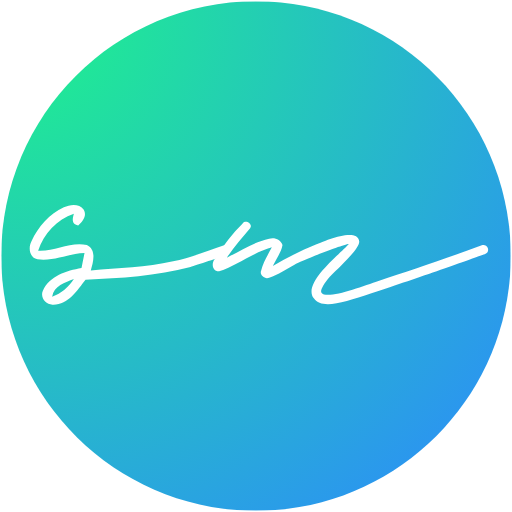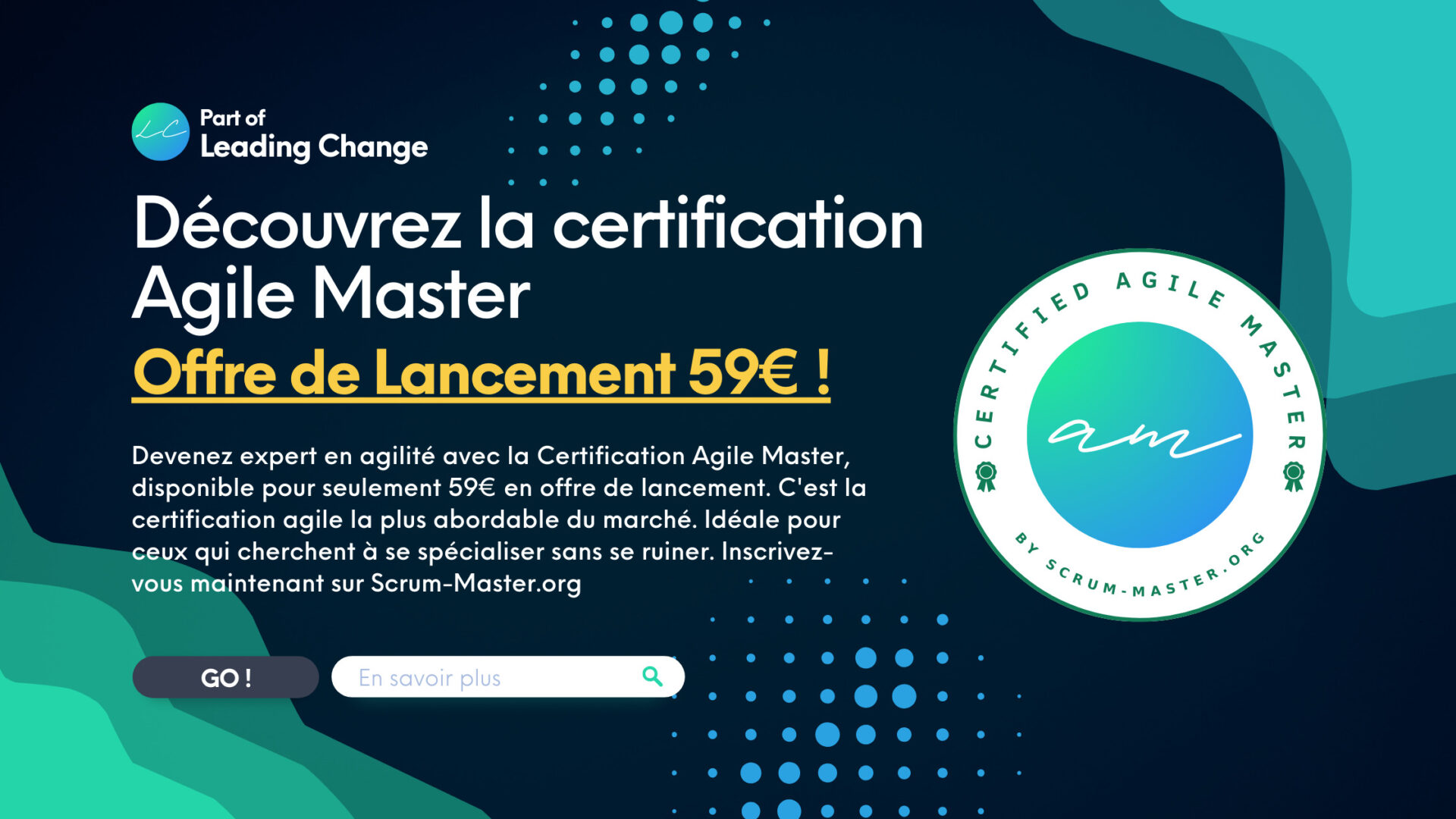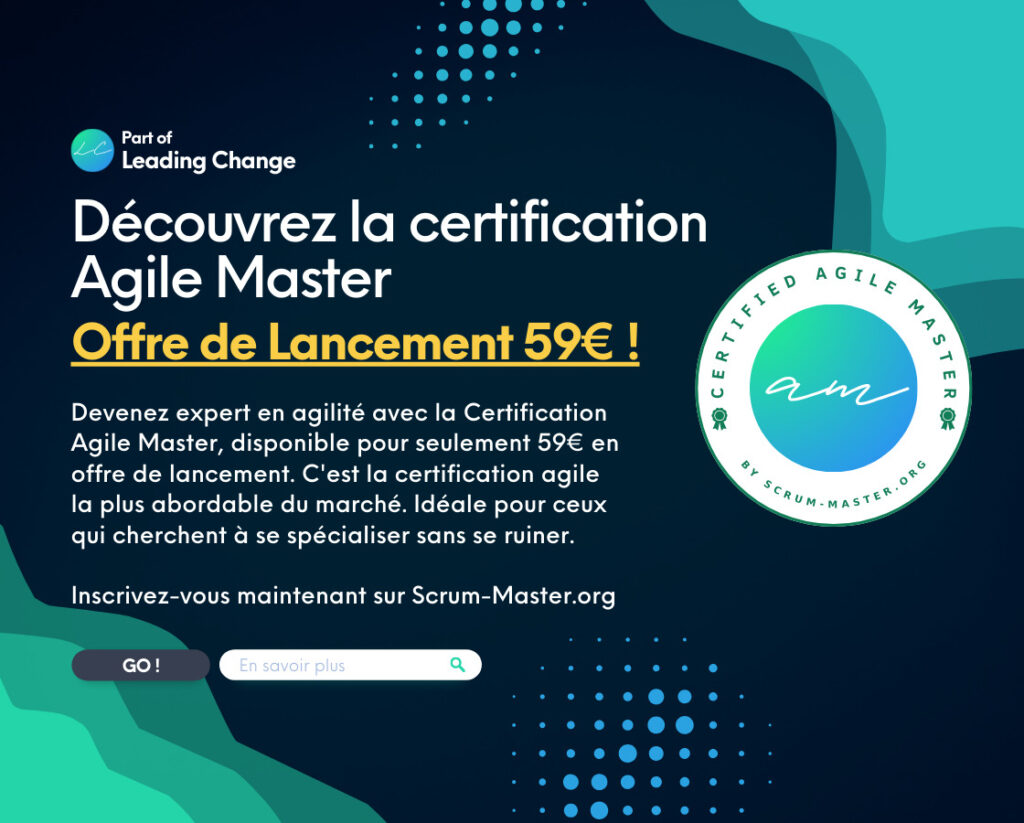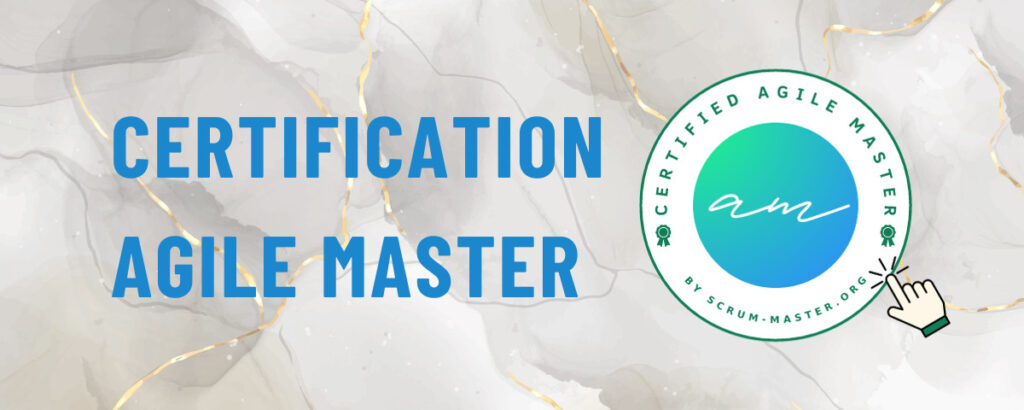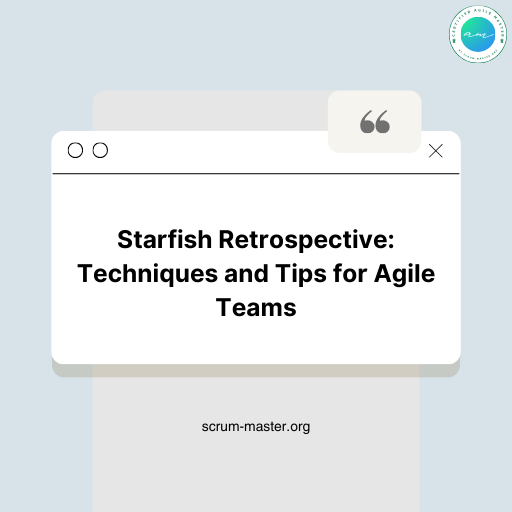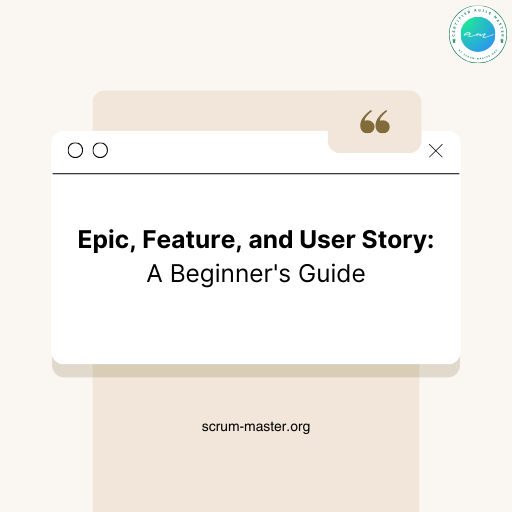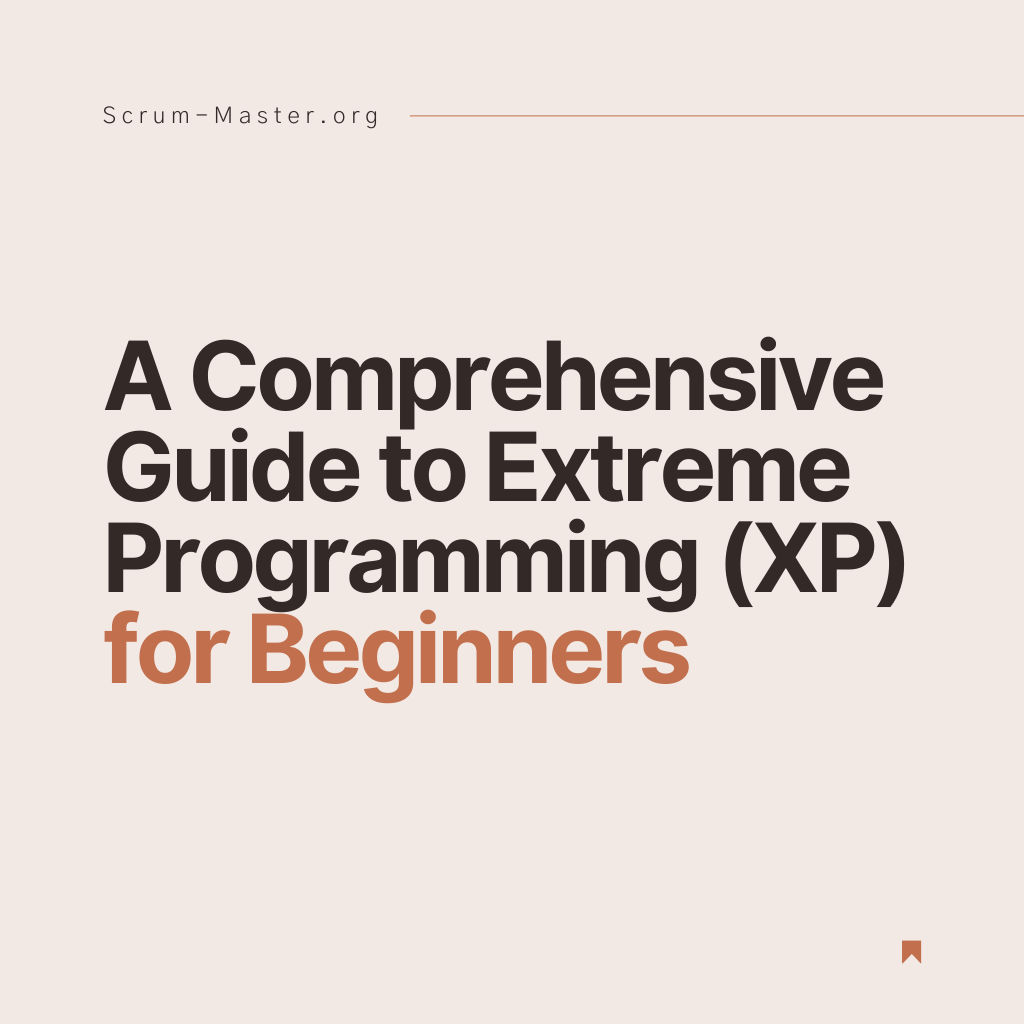The Lean Canvas is a strategic modeling tool that provides a concise, structured overview of the business model, suitable for both startups and established companies wishing to adopt a Lean Startup approach. It is a reference for start-up entrepreneurs, evolving companies and those seeking continuous innovation, enabling them to map out clearly and precisely the crucial aspects of their business model.
Index
- 1 What is the Lean Canvas?
- 2 Unpacking the Lean Canvas
- 3 Practical application of the Lean Canvas
- 4 Monetization strategies with Lean Canvas
- 5 Measuring Success with Key Indicators
- 6 Lean Canvas templates online: Interactivity and Resources
- 7 Building Your Competitive Advantage with Lean Canvas
- 8 Understanding the differences between Business Model Canvas and Lean Canvas
- 9 Keeping up to date: Resources and further reading
- 10 Your online Lean Canvas with Miro
What is the Lean Canvas?
Created by Ash Maurya, the Lean Canvas is a reinterpretation of the traditional Business Model Canvas, designed to provide an agile response to the needs of organizations seeking to implement Lean Startup principles. It includes nine strategic sections ranging from value proposition to cost structures, facilitating in-depth understanding and rapid application of ideas.
This tool is particularly valuable for rapidly validating market hypotheses and pivoting according to customer feedback, making Lean Canvas a must-have for companies wishing to optimize their agility and responsiveness in a dynamic business environment.

Unpacking the Lean Canvas
To successfully navigate the entrepreneurial landscape, understanding each block of the Lean Canvas is crucial. This section details each box, explaining its role in the formulation of a robust and agile Business Model.
Understanding the Lean Canvas
Before diving into each element, let’s familiarize ourselves with the overall structure of the Lean Canvas. This tool consists of nine interdependent sections, each playing a key role in defining your project or business. This tool is designed to provide a concise yet comprehensive overview of the essential components of your Business Model.
Problem
This first box identifies the major problems your product or service is designed to solve. It’s the foundation on which your value proposition rests. Ask yourself: what major challenges does my target audience face that I can solve effectively?
Solution
Having identified the problems, this section invites you to present the solutions your company proposes. It’s essential that these solutions are aligned with the problems set out above, to ensure a coherent proposal.
Unique Value Proposition
Here, define what makes your offer unique and why customers should choose your product or service over those of the competition. The unique value proposition must be clear, concise and attractive.
Competitive advantage
This part of the Lean Canvas encourages you to think about what sets your company apart in the marketplace. What do you have that your competitors don’t? This could be a patented process, an exclusive technology, strategic partnerships, or even a privileged location.
Customer Segments
Identify the different customer groups you’re targeting. Each segment may have different needs or behaviors, and understanding them is crucial to refining your value proposition.
Channels
Channels are the means by which you reach your customers. This includes everything from marketing and sales channels to distribution and delivery. Choosing the right channels is essential to effectively reach your target market.
Income sources
How will your business generate revenue? This section looks at the various sources of revenue, whether direct sales, subscriptions, commissions or other models.
Cost structure
Here, you’ll evaluate the costs associated with running your business. This includes fixed and variable costs, as well as the initial investments needed to start up and grow the business.
Key Performance Indicators
Finally, determine the KPIs (Key Performance Indicators) that will help you measure your company’s success. These indicators are essential for assessing progress towards your objectives and adjusting your strategy accordingly. They can include metrics such as customer conversion rate, customer acquisition cost, customer retention, and many others.
Each block of the Lean Canvas must be completed with care and precision. The information you include will serve as a guide for all the strategic decisions you make.
Practical application of the Lean Canvas
Having understood each element of the Lean Canvas document, it’s time to see how these concepts come to life in the real world. This section will provide you with concrete examples and case studies illustrating the practical application of this document in different contexts.
Case Study 1: An example of Lean Canvas for a Tech Startup
Imagine a technology startup developing an innovative fitness application. In this case, the Lean Canvas might look like this:
- Problem: Lack of personal motivation for exercise, difficulty in finding suitable workouts.
- Solution: An application offering personalized training plans, nutrition advice, and progress tracking features.
- Unique Value Proposition: Integration of artificial intelligence for tailored recommendations and real-time monitoring.
- Competitive advantage: Use of advanced AI technology not available from competitors.
- Customer segments: Fitness enthusiasts, busy professionals looking for effective workouts, beginners looking for guidance.
- Channels: Social networks, partnerships with fitness influencers, online advertising, and mobile application platforms.
- Revenue sources: Premium subscriptions, partnerships with fitness brands, and sale of anonymized data for research.
- Cost structure: Application development, marketing, personnel and operational costs.
- Key Performance Indicators: Number of active subscriptions, user retention rate, daily user engagement.
Case Study 2: Example of Lean Canvas in the Non-Tech Sector
Let’s take the example of a small artisan bakery looking to expand:
- Problem: Lack of bakeries offering fresh, artisanal products in the region.
- Solution: Homemade bakery products using local, quality ingredients.
- Unique Value Proposition: Artisan bread and pastries, with organic and gluten-free options.
- Competitive edge: Unique recipes, warm boutique atmosphere, personalized service.
- Customer segments: Local residents, organic food lovers, tourists looking for an authentic experience.
- Channels: Physical store, local markets, social networks for promotion.
- Revenue sources: Direct sales in store, special orders for events, subscriptions for regular deliveries.
- Cost structure: purchase of ingredients, rental of premises, employee salaries, bakery equipment.
- Key Performance Indicators: Daily sales, customer satisfaction, subscription growth, media coverage.
These examples illustrate the versatility of the Lean Canvas, applicable to both technology startups and traditional companies. By understanding and adapting each section of the canvas to your specific context, you can develop a clear and focused business strategy.
The next section will focus on monetization strategies, a crucial aspect in ensuring the viability and growth of your business.
Free Lean Canvas template from the Miroverse community: Link to Template
Monetization strategies with Lean Canvas
An essential part of any business model is the monetization strategy. In this section, we’ll explore how the Lean Canvas can help you identify and develop effective, sustainable revenue streams for your project or business.
Sources of Income: Adopt an Investor’s Vision
Identifying sources of revenue in the Lean Canvas encourages you to think like an investor. You need to consider not only immediate ways of generating revenue, but also long-term strategies to ensure your company’s sustainability and growth. Here are some key questions to ask yourself:
- Which main channels will contribute to my company’s cash flow, such as direct sales, subscription models, or strategic partnerships?
- How can diversification of cash inflows mitigate risk and strengthen the financial structure?
- What pricing strategy will be most relevant to engage my market segment?
Cost Structure: Forecasting for Success
Understanding and managing your cost structure is just as important as generating revenue. In this part of the Lean Canvas, you need to detail all the costs involved in running your business. This includes fixed costs such as rent and salaries, as well as variable costs such as production or marketing expenses. Think about :
- How can I optimize my costs to improve my profit margin?
- What initial investments do I need to launch my business?
- Are there any hidden or unanticipated costs that could affect my profitability?
The next section will look at how to measure your company’s success using key performance indicators (KPIs), a crucial element in assessing the effectiveness of your business model and guiding strategic decisions.
Measuring Success with Key Indicators
Measuring success is a crucial aspect of managing any project or business. In this section, we’ll discuss the importance of key performance indicators (KPIs) and how to integrate them effectively into your Lean Canvas to evaluate and continually improve your business model.
Performance Indicators: Your Compass for Success
KPIs are the metrics that tell you whether your company is achieving its objectives. They must be specific, measurable, achievable, realistic and time-bound (SMART). In your Lean Canvas, identify the KPIs most relevant to your business. This could include :
- Customer conversion rate: How often do prospects become paying customers?
- Sales: What is the revenue generated over a given period?
- Customer acquisition cost (CAC): How much does it cost to acquire a new customer?
- Lifetime customer value (LTV): What is the estimated net value of a customer throughout his or her relationship with your company?
KPI Analysis: Interpret and Act
Analyzing these KPIs will help you understand the strengths and weaknesses of your business model. Use this data to make informed decisions, and to pivot if necessary. For example, if your CAC is too high in relation to your LTV, you may need to review your marketing strategy or rethink your value proposition to improve customer acquisition efficiency.
Regular monitoring and evaluation of your KPIs is essential. This means not only measuring your performance at regular intervals, but also being ready to adjust your strategy according to the results obtained.
The next chapter will focus on the practical, interactive aspect of the Lean Canvas, presenting you with concrete tools and resources for implementing your business plans in an effective and engaging way.
Lean Canvas templates online: Interactivity and Resources
The concrete application of the Lean Canvas is not limited to its theoretical understanding; it extends to its interactive and practical use. In this section, we’ll introduce you to tools and resources to turn the Lean Canvas into a dynamic guide for your business.
Engage with the Miro Interactive Template
Miro offers a wide variety of free online interactive boards where you can collaboratively create and manipulate your Lean Canvas. This tool is ideal for remote teams or for brainstorming with partners. You can add notes, images and even links, making the ideation or planning process more lively and interactive.
- Practical use: Use Miro during your brainstorming sessions to quickly visualize and adjust the various elements of your Lean Canvas.
- Collaboration: Invite your team and stakeholders to contribute their ideas in real time.
Organize with Template Notion
Notion offers a versatile platform for organizing and storing all your project information. Using a Lean Canvas template on Notion, you can easily document, update and share your business plan with your team.
- Clear structure: Notion of structuring information in an orderly way, making it easier to monitor progress and think strategically.
- Accessibility: With Notion, your Lean Canvas is accessible at all times, ideal for regular updates and ongoing monitoring.
Download your Lean Canvas Pdf or Powerpoint in French
For those who prefer a more traditional approach, download a PDF or Powerpoint-compatible template of the Lean Canvas. This format is practical for use in meetings or for those who like to write and think on paper.
- Simplicity: The image format is easy to use and requires no special technical skills to integrate into your Lean Canvas workshop Powerpoint.
- Portable: Print out your document and take it with you for face-to-face discussions or personal work sessions.
In the next section, we’ll explore how to use this Canvas to build a solid competitive advantage, a crucial aspect of standing out in the marketplace.
Building Your Competitive Advantage with Lean Canvas
The Lean Canvas is not just a planning tool, it’s also a strategic way of building a sustainable competitive advantage in the Lean Startup world. This section focuses on using the model to identify and exploit your unique strengths in your business model.
Competitive Advantage: Developing a Winning Strategy
In Lean Startup, understanding and articulating your competitive advantage is crucial. Use the Lean Canvas to detail what sets your offer apart in the marketplace. It could be an innovative technology, a unique understanding of your users’ key problems, or an innovative approach to your business model.
- Identify your strengths: Analyze your market and your competition to identify what you can offer that’s better or different.
- Alignment with user needs: Your competitive edge must resonate with your users’ needs and expectations. Use the Lean Canvas to ensure that your benefit is not only unique, but also relevant to your target audience.
How can “Early Adopters” Catapult your Project?
Early adopters, or pioneering users, play an essential role in the success of Lean Startup projects. They are often the first to adopt and promote your product, offering valuable feedback and helping to refine your business model and value proposition.
- Targeting early adopters: Use the Lean Startup Canvas to identify and understand these key users.
- Leverage their influence: Develop strategies to engage these early adopters and turn them into brand ambassadors.
By taking these aspects into account in your Canvas, you can develop a business plan that not only meets the needs of the market, but also positions you as an innovative leader in your field.
In this process, remember that the Lean Canvas is more than just a document; it’s a reflection of your corporate strategy, evolving with your ideas and discoveries. By fine-tuning your project on a regular basis, you not only refine your project, but also your entrepreneurial acumen in the dynamic world of Lean Startup.
Understanding the differences between Business Model Canvas and Lean Canvas
The Lean Canvas and the Business Model Canvas are two distinct tools, each with its own framework and field of application. The Business Model Canvas, developed by Alexander Osterwalder and Yves Pigneur, is a universal strategic tool used to draw up a comprehensive business plan for companies of all sizes. It is designed to give an overview of a company’s business structure, ideal for establishments seeking to ensure the functionality and viability of a project.
The Lean Canvas is an adaptation of the Business Model Canvas. Designed by Ash Maurya and inspired by Eric Ries’ Lean Startup method, it is used not only by startups but also by more established companies wishing to adopt a Lean approach. This model emphasizes rapid iteration and adaptability, crucial for testing and validating a business model in a constantly changing market environment.
In the Lean Canvas, four blocks of the Business Model Canvas are reconfigured to better meet the requirements of companies applying Lean principles:
- Problems: This box replaces the “Partners” section to highlight the immediate challenges the company is working to solve.
- Solutions: This takes the place of the “Key activities” and highlights the responses to the problems identified.
- Performance indicators: Replacing “Key Resources”, performance indicators enable precise, agile monitoring, aligned with the Running Lean method for continuous adjustment.
- Competitive advantages: Instead of “Customer relations”, this section focuses on the company’s unique strengths that are difficult to imitate.
It’s important to note that the Lean Canvas is a variant of Alexander Osterwalder’s Business Model Canvas, adapted specifically for the application of Lean in the rapid development of products or services. This involves identifying hypotheses, exploring customer segments, and implementing the most effective distribution channels.
The Lean Canvas is therefore an essential strategic tool, not only for startups but also for more mature companies looking to innovate or pivot using the Lean Startup method. It guides users through the various assumptions of their canvas, and helps them build an agile business model that can be constantly updated and refined according to market feedback and company performance.
In the following sections, we’ll explore concrete examples of Lean Canvas application in various contexts, to help you better understand how to use it effectively in your own entrepreneurial journey.
Link to the free Business Canvas template here: Miro link
Keeping up to date: Resources and further reading
To stay competitive and up-to-date in the ever-changing field of Lean Startup and agile management, it’s crucial to have access to up-to-date and relevant resources. This section guides you to further reading and websites to enrich your knowledge and keep you abreast of the latest trends and practices.
Publications related to Lean Canvas
The literature on Lean Canvas and Lean Startup is constantly evolving, with new perspectives and enriching case studies. To stay one step ahead, it’s essential to keep abreast of the latest publications. These books can offer deep insights into advanced strategies, recent market studies, and testimonials from entrepreneurs who have succeeded thanks to these methodologies.
- “The Lean Startup” by Eric Ries (in French) French) This fundamental book presents an innovative approach to business and product development. In it, Ries explains how entrepreneurs can build more efficient and adaptive businesses through continuous innovation techniques. It offers practical strategies for quickly testing ideas in the marketplace, learning from experience, and making rapid adjustments. This book is ideal for those seeking to understand the fundamental principles of Lean Startup and apply them to the reality of modern business. (Link to the original English version).
- “Le management Lean” (2nd edition 2022) by Michael Ballé and Godefroy Beauvallet
This book tackles the essential change of posture in lean management, with an emphasis on on-the-job learning and the contribution of each individual to shaping an innovative, high-performance company. “La boîte à outils du Lean” by Radu Demetrescoux (3rd edition 2023)
This book offers 63 essential tools for introducing and deploying Lean in your organization. It treats each tool visually and pragmatically, providing context for use, implementation steps and methodological advice.
Your online Lean Canvas with Miro
We particularly recommend Miro for your Lean Canvas workshop. Because this tool is free, complete and intuitive.
